Rubber Plant Information: Taking Care Of A Rubber Plant Outdoors
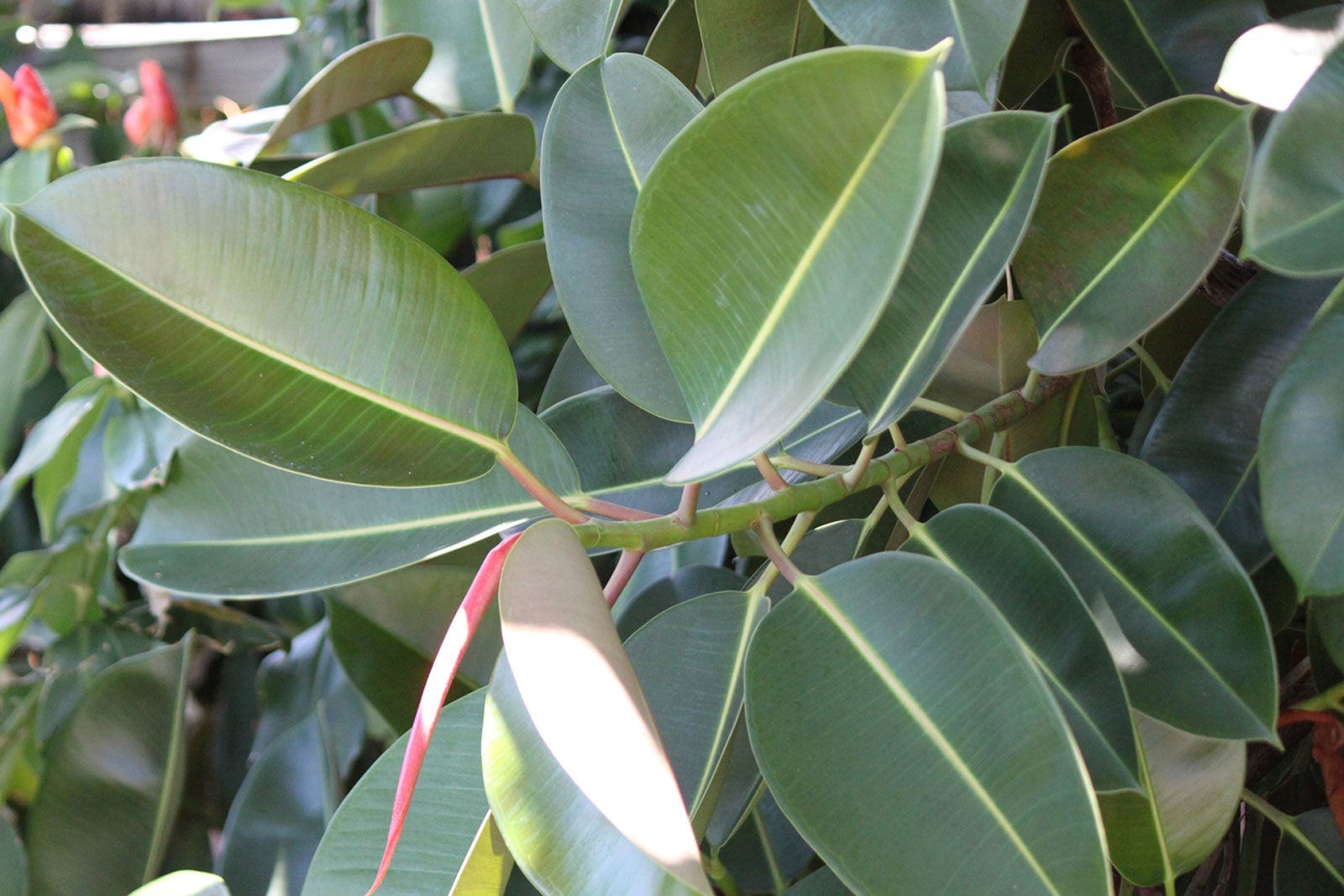

The rubber tree is a large houseplant and most people find it is easy to grow and care for indoors. However, some people ask about growing outdoor rubber tree plants. In fact, in some areas, this plant is used as a screen or patio plant. So, can you grow rubber plant outside? Read more to learn about taking care of a rubber plant outside in your area.
Can You Grow Rubber Plants Outside?
Gardeners in USDA Hardiness Zones 10 and 11 can grow the plant outdoors, according to most rubber plant information. Outdoor rubber tree plants (Ficus elastica) may grow in zone 9 if winter protection is offered. In this area, outdoor rubber tree plants should be planted on the north or east side of a building for protection from the wind.
When the plant is young, prune it to a single trunk, as these plants tend to split when caught in the wind. Rubber plant information also says to plant the tree in a shady area, although some plants accept light, dappled shade. Thick, glabrous leaves burn easily when exposed to sunlight.
Those living in tropical zones outside of the United States can grow outdoor rubber tree plants easily, as this is their native environment. In the wild, outdoor rubber tree plants can reach 40 to 100 feet (12-30.5 m.) in height. When using this plant as an outdoor ornamental, pruning limbs and the top of the plant make it sturdier and more compact.
Rubber Plant Information for Northern Areas
If you live in a more northern area and want to grow outdoor rubber tree plants, plant them in a container. Taking care of a rubber plant growing in a container can include locating them outdoors during seasons of warm temperatures.
Optimum temperatures for taking care of a rubber plant outdoors are 65 to 80 degrees F. (18-27 C.) Outdoors, plants acclimated to cooler temperatures should be brought indoors before temperatures reach 30 degrees F. (-1 C.).
Taking Care of a Rubber Plant Outdoors
Rubber plant information suggests plants require deep watering and then allow the soil to dry out almost completely. Some sources say containerized plants should be allowed to dry out completely between waterings. Still, other sources say the drying of the soil causes leaves to drop. Keep an eye on your rubber tree growing outdoors and use good judgment on watering, depending on its location. Fertilize the outdoor rubber tree with food for acid-loving plants, such as those for azaleas.
Gardening tips, videos, info and more delivered right to your inbox!
Sign up for the Gardening Know How newsletter today and receive a free copy of our e-book "How to Grow Delicious Tomatoes".

Becca Badgett was a regular contributor to Gardening Know How for ten years. Co-author of the book How to Grow an EMERGENCY Garden, Becca specializes in succulent and cactus gardening.
-
 4 Superfast Composting Methods: Turn Waste Into Garden Gold In 30 Days Or Less
4 Superfast Composting Methods: Turn Waste Into Garden Gold In 30 Days Or LessTry the fastest composting methods to turbocharge your pile and transform kitchen scraps and garden waste into finished compost in just a few weeks.
By Mary Ellen Ellis
-
 Best Spider Plant Soil – Complete Soil Guide And Expert Tips For Keeping Plants Happy
Best Spider Plant Soil – Complete Soil Guide And Expert Tips For Keeping Plants HappySpider plants are fun and easy plants to grow, but what is the best soil for a spider plant? Selecting the right soil is important so they can thrive.
By Bonnie L. Grant
-
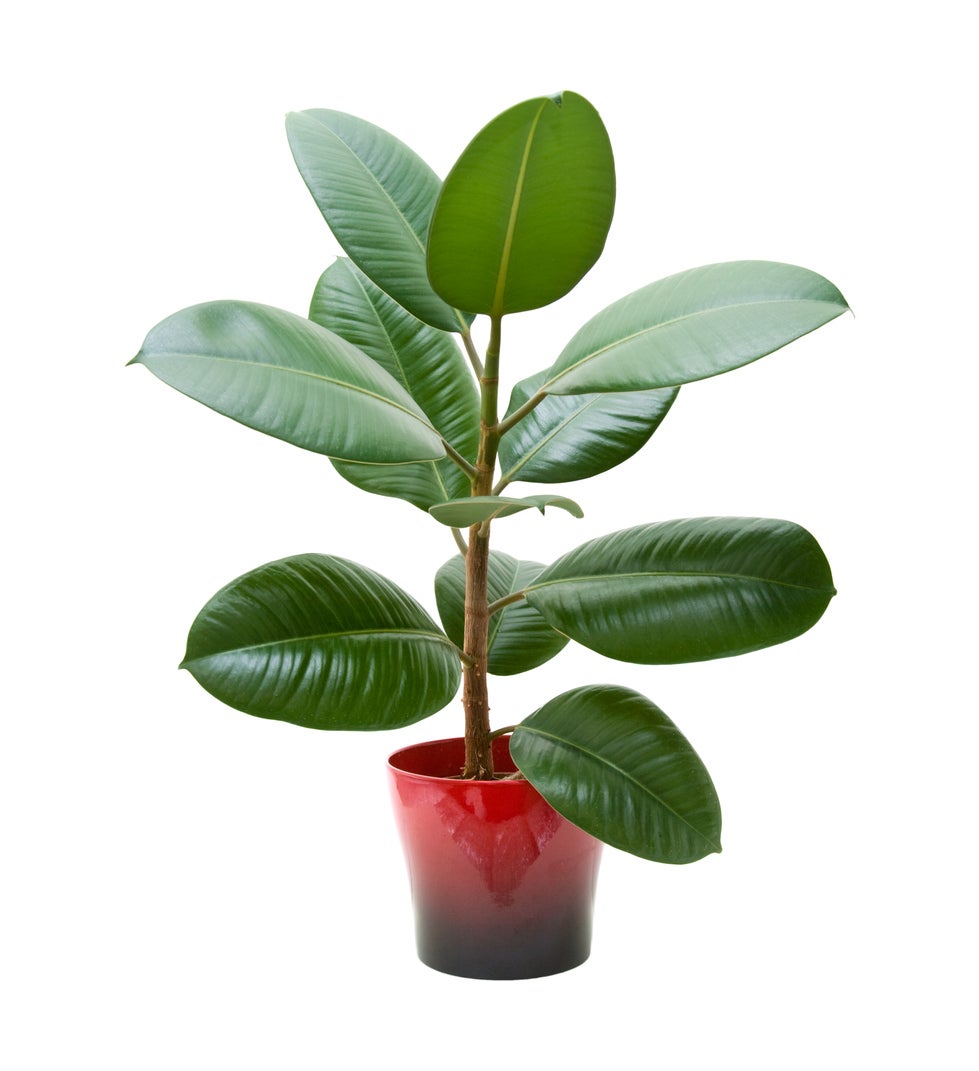 Rubber Plant Bugs: Fighting Pests On A Rubber Plant
Rubber Plant Bugs: Fighting Pests On A Rubber PlantUsually grown indoors, healthy rubber tree plants tend to be pest resistant. However, they can be infested by several sap-sucking pests. What to do if you notice rubber plant insects? Click this article for helpful tips and additional information.
By Mary H. Dyer
-
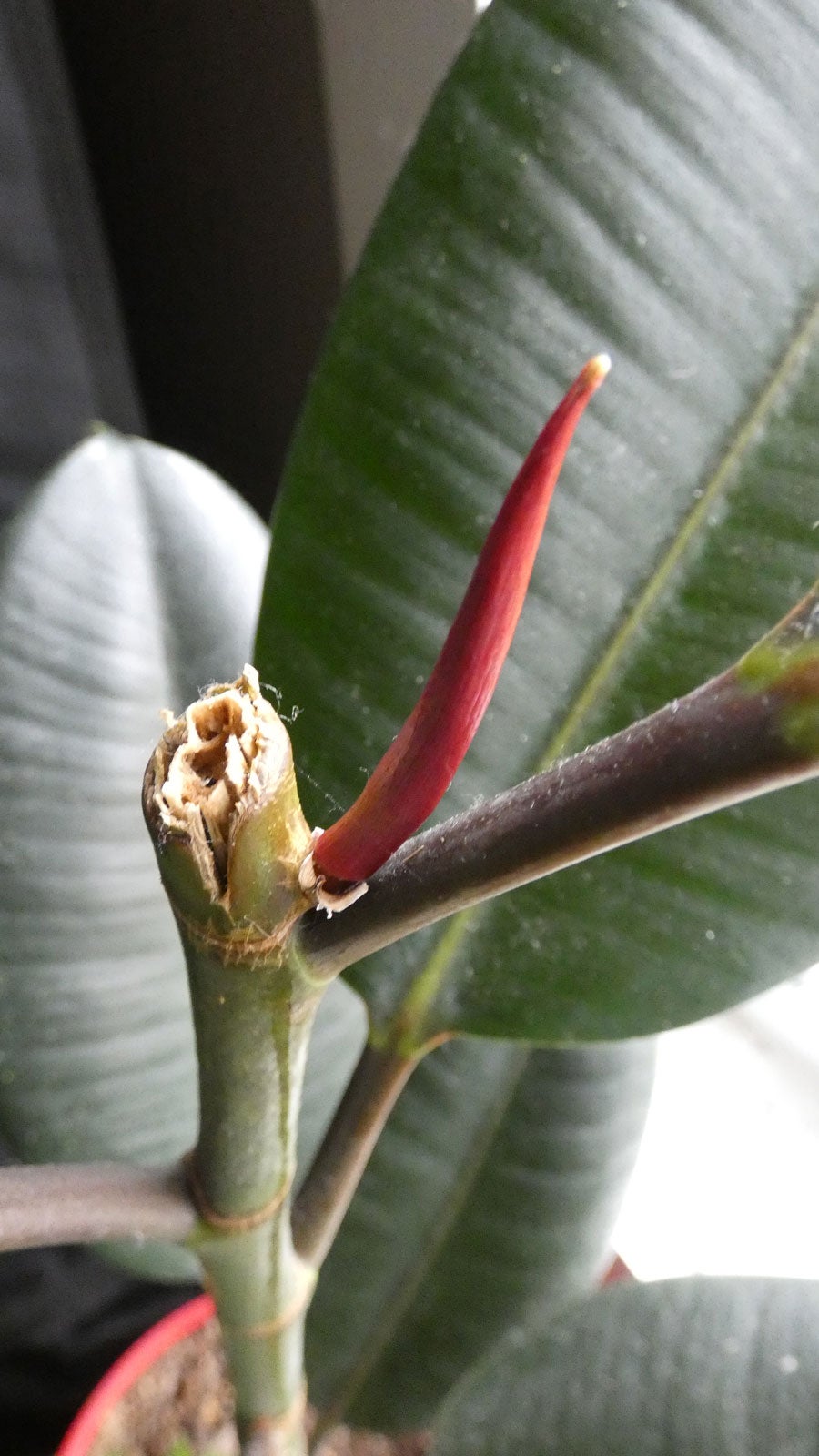 Rubber Tree Branching Tips: Why Won’t My Rubber Tree Branch Out
Rubber Tree Branching Tips: Why Won’t My Rubber Tree Branch OutThe rubber tree plant (Ficus elastica) can sometimes be temperamental, growing upward and refusing to grow side branches. There are a few reasons why your rubber tree won’t branch. Click on the following article and get your rubber tree branching this year.
By Becca Badgett
-
 Yellow Rubber Tree Leaves – Reasons For Yellowing Leaves On A Rubber Plant
Yellow Rubber Tree Leaves – Reasons For Yellowing Leaves On A Rubber PlantNothing disrupts a plant's aesthetics more than the presence of unsightly yellow leaves. Right now, I seem to have lost my gardening mojo because my rubber plant leaves are turning yellow. Find a solution for yellow rubber tree leaves in this article.
By Shelley Pierce
-
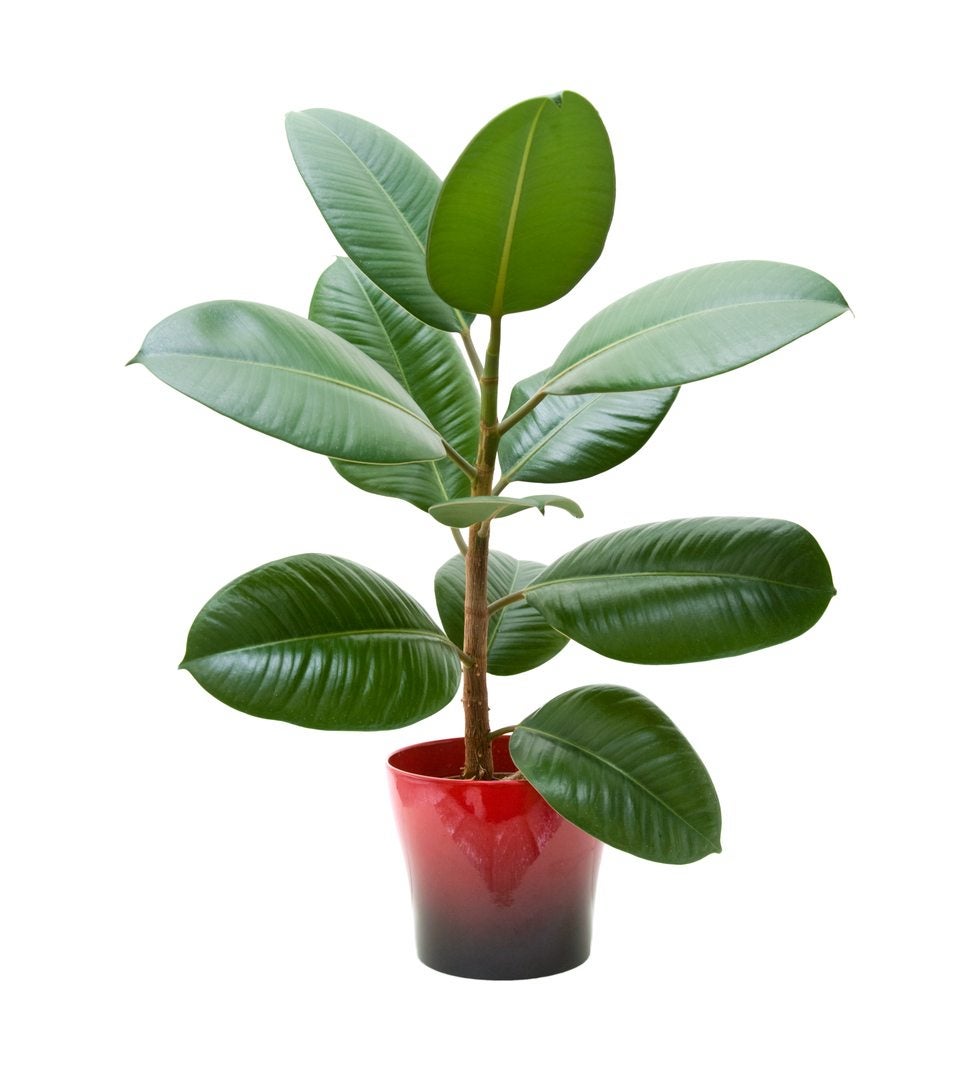 Rubber Tree Plant Potting – When Does Rubber Plant Need A New Pot
Rubber Tree Plant Potting – When Does Rubber Plant Need A New PotRubber trees make great indoor potted plants, but at some point you'll need to give them more room. Use the information found in this article to learn about rubber tree plant potting and when repotting is necessary. Click here for more info.
By Gardening Know How
-
 Watering A Rubber Plant: How Much Water Do Rubber Tree Plants Need
Watering A Rubber Plant: How Much Water Do Rubber Tree Plants NeedRubber tree plants are fairly easy to care for but dislike being moved and are fussy about water. Rubber plant watering must provide matching moisture to what the plants would find in their native Southeast Asian habitat. Learn about watering these plants here.
By Bonnie L. Grant
-
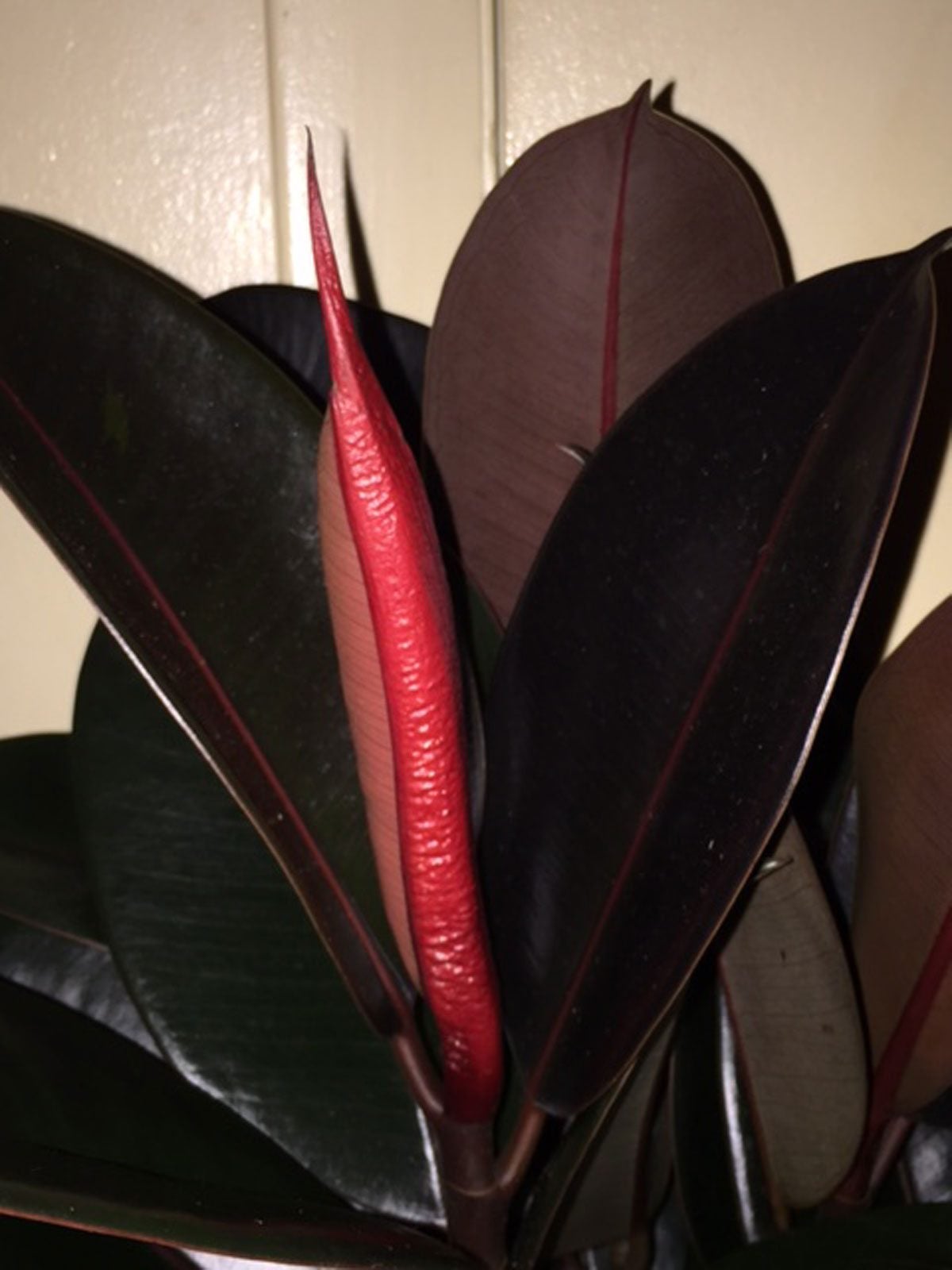 Red Sheath On Ficus: Does Rubber Plant Flower
Red Sheath On Ficus: Does Rubber Plant FlowerIf you've grown a rubber tree plant, especially the Burgundy type, and noticed what appears to be a beautiful flower unfurling, you might begin to wonder if rubber plant blooms or if this is your imagination. Find out in this article.
By Gardening Know How
-
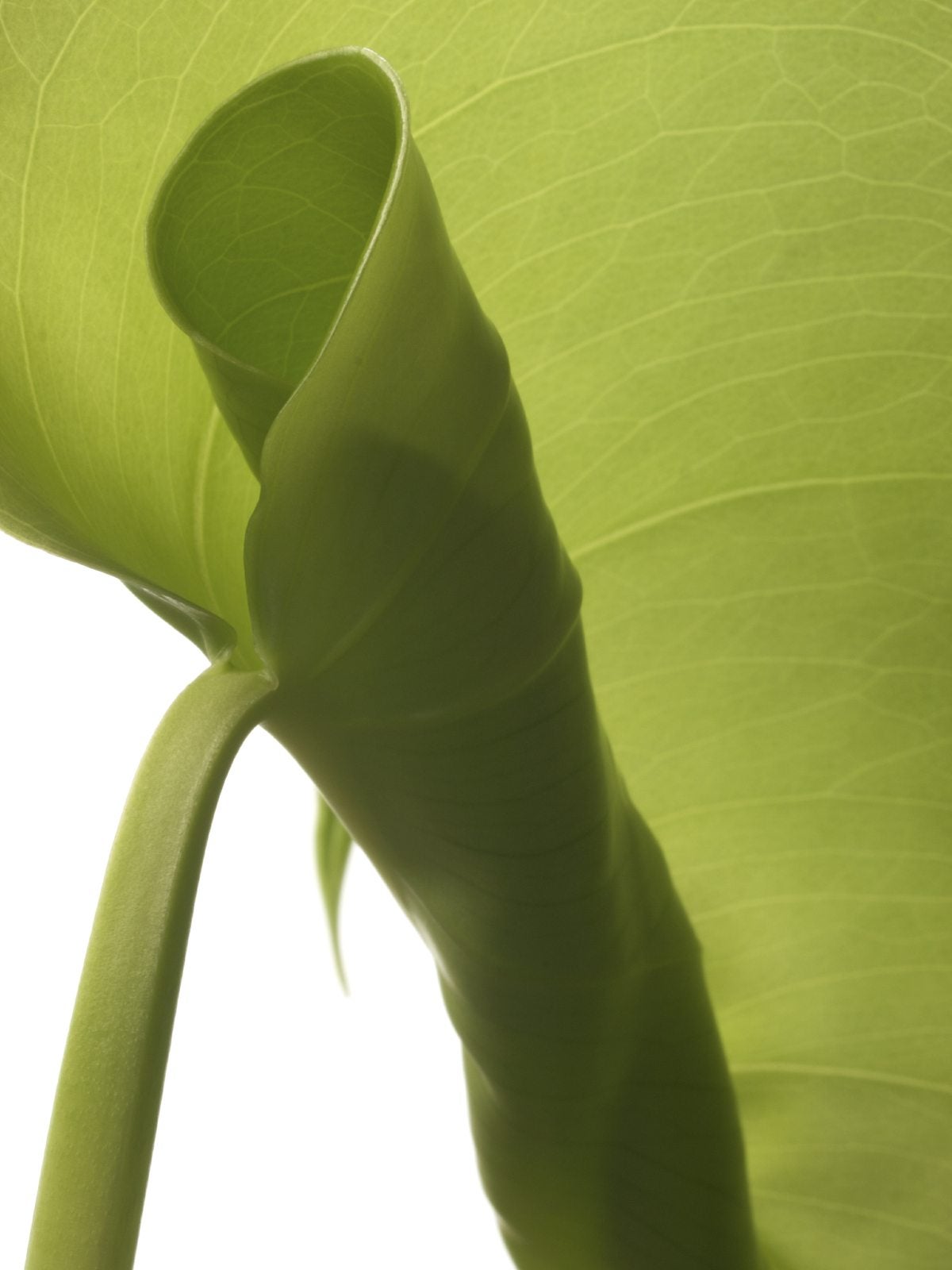 Leaf Curl On Rubber Plants: What Causes Rubber Plant Leaves To Curl
Leaf Curl On Rubber Plants: What Causes Rubber Plant Leaves To CurlAlthough rubber tree plant is relatively trouble-free, it can fall prey to various pests and diseases that can cause leaf curl on rubber plants. What causes rubber plant leaves to curl? There are several possible reasons. This article will help.
By Mary H. Dyer
-
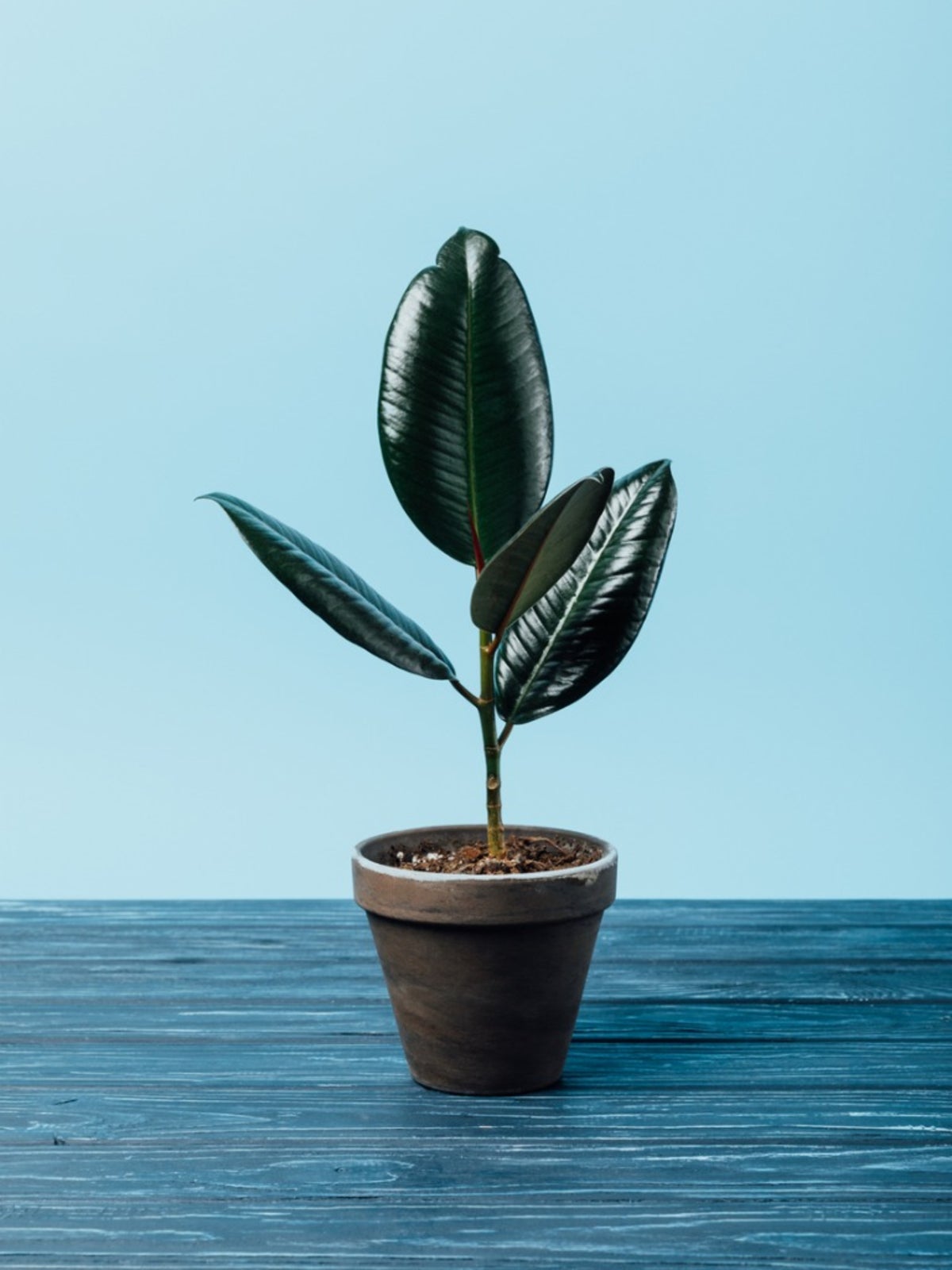 How To Start A Rubber Tree Plant: Propagation Of A Rubber Tree Plant
How To Start A Rubber Tree Plant: Propagation Of A Rubber Tree PlantRubber trees are hardy and versatile house plants, which leads many people to wonder a??How do you get a start of a rubber tree plant?a?? Propagating rubber tree plants is easy and this article will help.
By Heather Rhoades